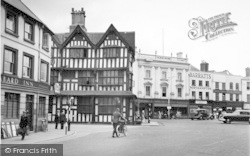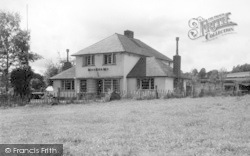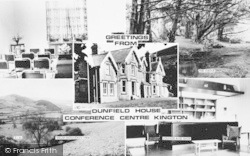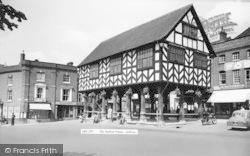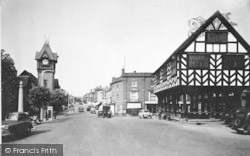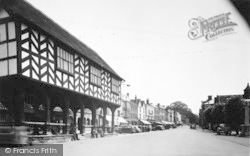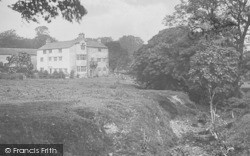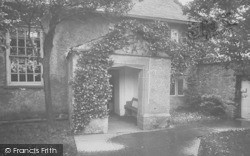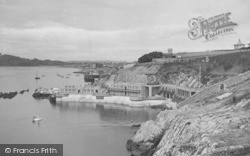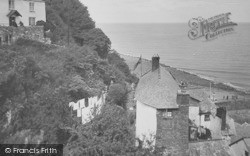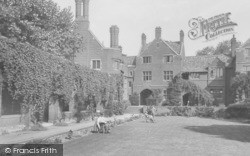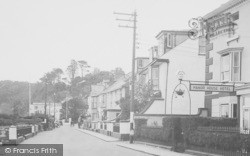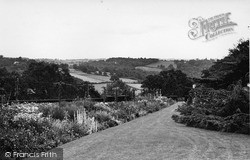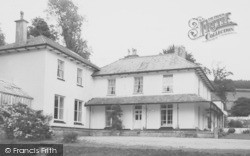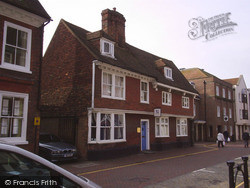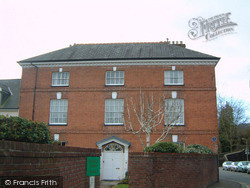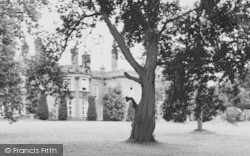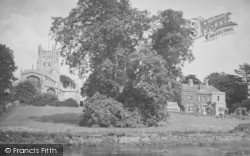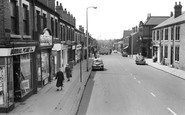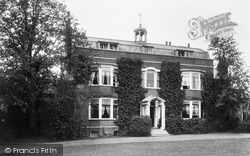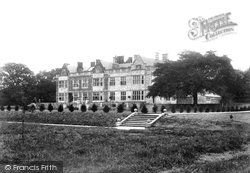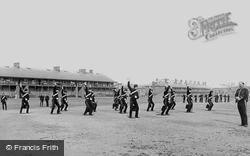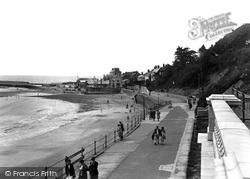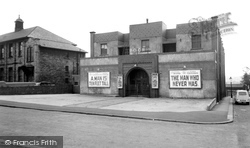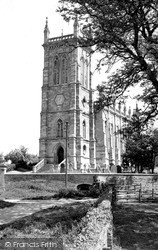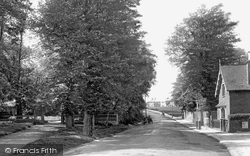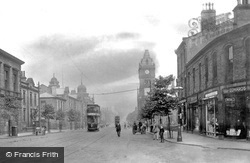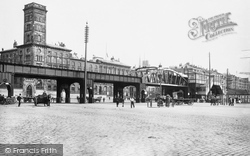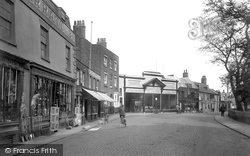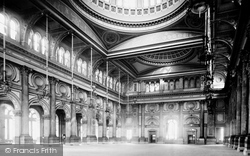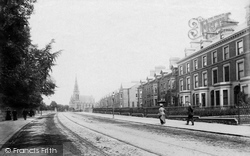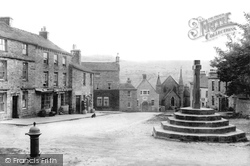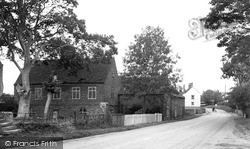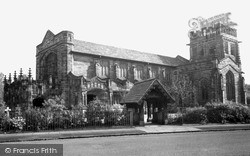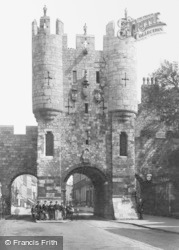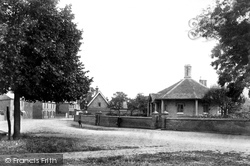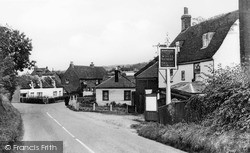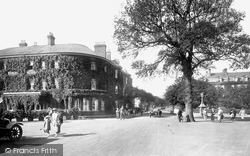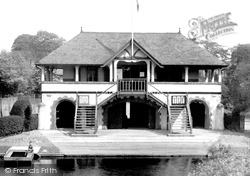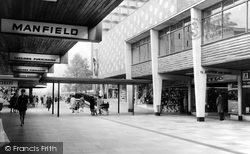Places
36 places found.
Those places high-lighted have photos. All locations may have maps, books and memories.
- Chatsworth House, Derbyshire
- Osborne House, Isle of Wight
- Brambletye House, Sussex
- Ickworth House, Suffolk
- Kingston Lacy House, Dorset
- Boscobel House, Shropshire
- Preshute House, Wiltshire
- Bolton Houses, Lancashire
- Brick Houses, Yorkshire
- Quaking Houses, Durham
- Water Houses, Yorkshire
- Bottom House, Staffordshire
- New House, Kent
- Mite Houses, Cumbria
- Lyneham House, Devon
- Church Houses, Yorkshire
- Dye House, Northumberland
- Spittal Houses, Yorkshire
- Street Houses, Yorkshire
- Tow House, Northumberland
- Halfway House, Shropshire
- Halfway Houses, Kent
- High Houses, Essex
- Flush House, Yorkshire
- White House, Suffolk
- Wood House, Lancashire
- Bank Houses, Lancashire
- Lower House, Cheshire
- Marsh Houses, Lancashire
- Chapel House, Lancashire
- Close House, Durham
- Guard House, Yorkshire
- Hundle Houses, Lincolnshire
- Hundred House, Powys
- Thorley Houses, Hertfordshire
- School House, Dorset
Photos
6,747 photos found. Showing results 5,581 to 5,600.
Maps
370 maps found.
Books
Sorry, no books were found that related to your search.
Memories
10,363 memories found. Showing results 2,791 to 2,800.
My Early Years In Small Heath
My earliest memory of Small Heath was when we lived in Herbert Road at 3/97 and then I was evacuated to a small village near Ross-on-Wye during the war years. The Secondary Modern school I went to was in Oakley Road. ...Read more
A memory of Small Heath in 1945 by
Station Lane
I was born on Albert Street in 1936, so I have seen a few changes in Featherstone, I still live on Albert Street, I don't think I could live anywere else! Just a few houses down, nearer Station Lane, Station Lane was a lovely ...Read more
A memory of Featherstone in 1940 by
What We Ate
Eeh! Remember potted meat? You could eat it as it was or put it on bread for a sandwich, where is it now? Then there was dripping which was quite solid and spread like margarine on your bread for sandwiches. I worked in Leeds on the ...Read more
A memory of Newburn in 1950 by
Troedy The Place Of My Birth
Firstly, Troedy was in Glamorgan not Gwent or Monmouthshire as it was then known. However, the postal address was New Tredegar, Monmouthshire. I was born at 1 Chapel Road in my grandfather's house. Sam and Sarah ...Read more
A memory of Troedrhiwfuwch
Small Heath
I lived on Muntz Street, Small Heath from 1963-1973 at number 143. It was right on the bend, a three-storey house with three bedrooms, two reception rooms, a small kitchen and an outside loo in a concrete yard. I have loads of ...Read more
A memory of Birmingham by
Harvester Inn
My grandfather ran the Harvester Inn from 1940 (I think it was called the New Inn then) to the mid sixties His name was Maurice Herman and he ran it with his wife Elsie. I would go there in the summer holidays from about the age of ...Read more
A memory of Galhampton by
Town End Farm In High Casterton
My family owned Town End farm in High Casterton from (at least) the mid 1600s to 1878. It was originally owned by Nicholas Hynde, but was inherited by his daughter Jane who married Joseph Baylie/Bayley, and was ...Read more
A memory of Casterton by
East End
I was born in Sunderland in 1948 and Christened in Holy Trinity Church, Church Walk, where all of my mother's side of the family had been hatched, matched, and dispatched. I was raised in Wear Garth till the age of twelve years old when my ...Read more
A memory of Ryhope by
Bourne County Primary School
I also attended the primary school at Bourne from 1955 to 1963 before moving to Heckington in 1964. I remember mostly with fondness, my time at the school, especially my time in Mr. Lamberts class 3 as it was when I ...Read more
A memory of Bourne in 1963 by
The Hough
when I was about a year old I moved to the Hough from Englesea Brook, where my parents lived for a couple of years. I went to school at Shavington and was good friends with John Addison, Alan Giller (the latter living ...Read more
A memory of Hough by
Your search returned a large number of results. Please try to refine your search further.
Captions
6,914 captions found. Showing results 6,697 to 6,720.
This red-brick Georgian house, with bay windows and surmounted by a small white cupola, was coveted by the author Charles Dickens ever since he was a boy living at Chatham; he often passed it on long
The fine lawn in front of the house was often the venue for tennis tournaments in the inter-war period, and the fine copper beech tree (right) still stands.
In 1877 the barracks became part of the much larger Infantry Barracks housing 1350 men. The last horses were retired in 1939, and the Cavalry Barracks were demolished in 1971.
Its poetically magical name was the inspired creation of Mrs Culthorpe on moving into the house. 'I am surrounded by seagulls,' she used to tell people.
The Rock Cinema, built on land once owned by the Rock House farm, opened in 1928 showing silent films. It premiered its first talkie on July 1930.
Outside at its east end is Wing's monument to William Fortrey, and close by is the 17th-century Fortrey manor house.
The Lilley Arms is the oldest public house in the village and dates from around 1705.
'Here I was entertained with the sight of that famous horse, Eclipse'. And that was worth a journey, for Eclipse was one of the greatest racehorses that ever lived.
New buildings along North Street included the Court House (1831) and the Mechanics' Institute (1834). The Post Office of 1839 was superseded by a new one in Bow Street (1891).
The very distinctive square Tower Building was once the town house of the Stanley family and Lord Derby.
Beyond the fine house, which is now an estate agent's, is the showroom of Crabtree & Son - by 1929 the business had been taken over by W H Johnson & Sons Ltd.
To celebrate these two new extensions a full-dress ball was held, and the money raised went to the Baths and Wash-House Fund.
Fortwilliam Church had taken its name from the adjacent park, which had large mansions, complete with gate houses, coaches and coachmen.
The Apothecary's House is hidden behind the Sykes Commercial Hotel (left), which later became a temperance establishment - it was recently converted into the village store.
Pallister Road is the impressive Bank Building built in 1899 to house the London & County Bank as well as a number of shops, including the Home and Colonial Stores.
North of the old windmill is the Manor House in mid 17th-century brick, which retains its original cross windows.
Houses were built on most of the remaining available land - this was mainly between Park Road and Sandy Lane; to the north and south of the High Street; and along Fairfax Road.
A club-house, library, hospital, youth club, gymnasium and swimming baths, all were included.
In the 10th century, when permission was granted for a house to be built on the bar, the yearly rent charged was sixpence.
The house on the left has been totally restored and renovated. The building opposite has changed beyond description.
It is said that in the late 1800s Wareside boasted seven public houses; the White Horse and its sister, the Chequers, were the sole survivors in 1955.
Warren House, an ancient cruck-framed building, situated adjacent to the Warren marshes behind the promenade, was the home of the warrener, who was a gamekeeper for the Luttrell family.
This club house was opened in 1898 by Mrs W J Pirrie, wife of the managing director of Harland and Wolff; among the well-wishers was Mr Gustav Wolff, also representing Belfast craft of a larger size.
Retail parks invariably host the major retail names, often housed within superstores with free parking, and have proved very popular and an established alternative to the conventional town centre
Places (80)
Photos (6747)
Memories (10363)
Books (0)
Maps (370)




